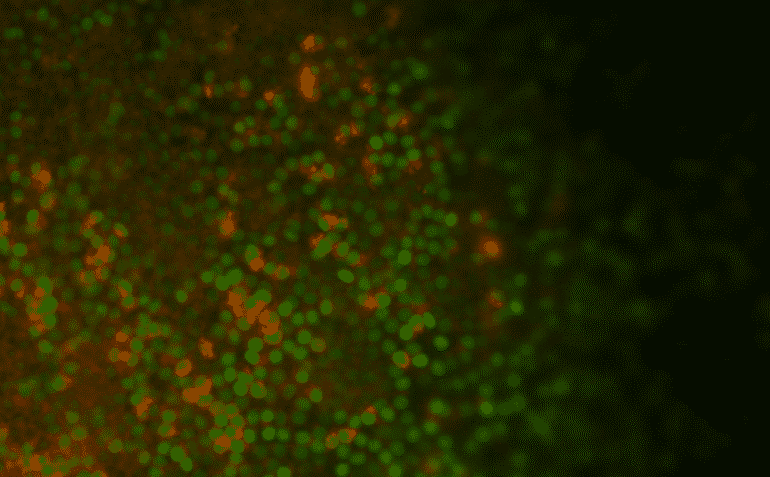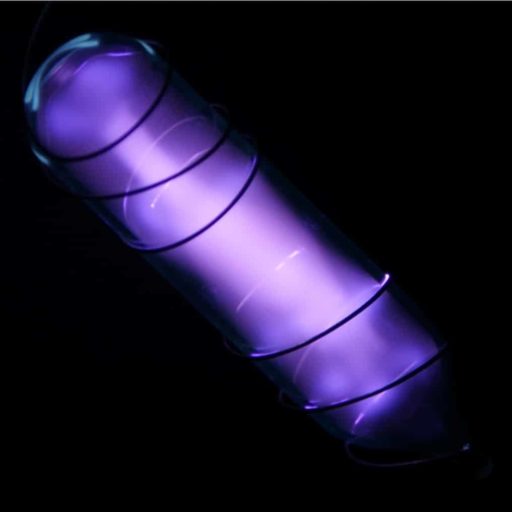Lung transplant recipients have a relatively low 10 year survival rate of about 28% while cellular rejection of the donor organ occurs about 90% of the time, which brings additional obstacles for the patient and doctors. Well, this might be about to change as scientists from the Columbia University Medical Center (CUMC) have converted human stem cells into functional lung cells.
Few years back, Dr. Hans-Willem Snoeck, was able to convert stem cells into the precursor endoderm cells that can eventually differentiate into lung cells. This was done with human embryonic stem cells as well as human induced pluripotent stem cells, which involve a bit more work but are easier to come by. Those precursor cells were shown to actually differentiate into six different respiratory tissues, including the coveted type II alveolar cells. which facilitate gas exchange and produce surfactant.
Type 2 alveolar cells, also called pneumocytes, are responsible for producing surfactant, the compound that allows the lungs to remain inflated with air. These type II cells also aid in gas exchange and lung repair.
The lung tissue produced by stem cells could give researchers a unique perspective to study the tissue and learn more about how lung diseases originate. This could lead to better treatment options for lung diseases.
If treatments do not work and transplant becomes inevitable, physicians can use the patient’s own cells to provide a new disease-free organ. This eliminates both the potential for cellular rejection as well as the stress of waiting on the transplant list. To make a replacement lung, researchers would first remove the patient’s lung and decellularize it, leaving only a cartilaginous scaffold. The stem cells would then be used to coat the scaffold and regrow functional tissue to be put back into the patient.
Though it is a long way from getting implanted into a human body, these results are exciting. Scientists believe, besides being able to generate lung tissue for transplants, these cells could also be used to study lung development and potentially find more advanced treatments for lung diseases.
However, CUMC has filed a patent for their technique of converting induced pluripotent stem cells into the functional tissue. The finding has been reported in the journal Nature Biotechnology.
Source: Columbia University Medical Center
Thanks To: Gizmag
[ttjad keyword=”mac”]




